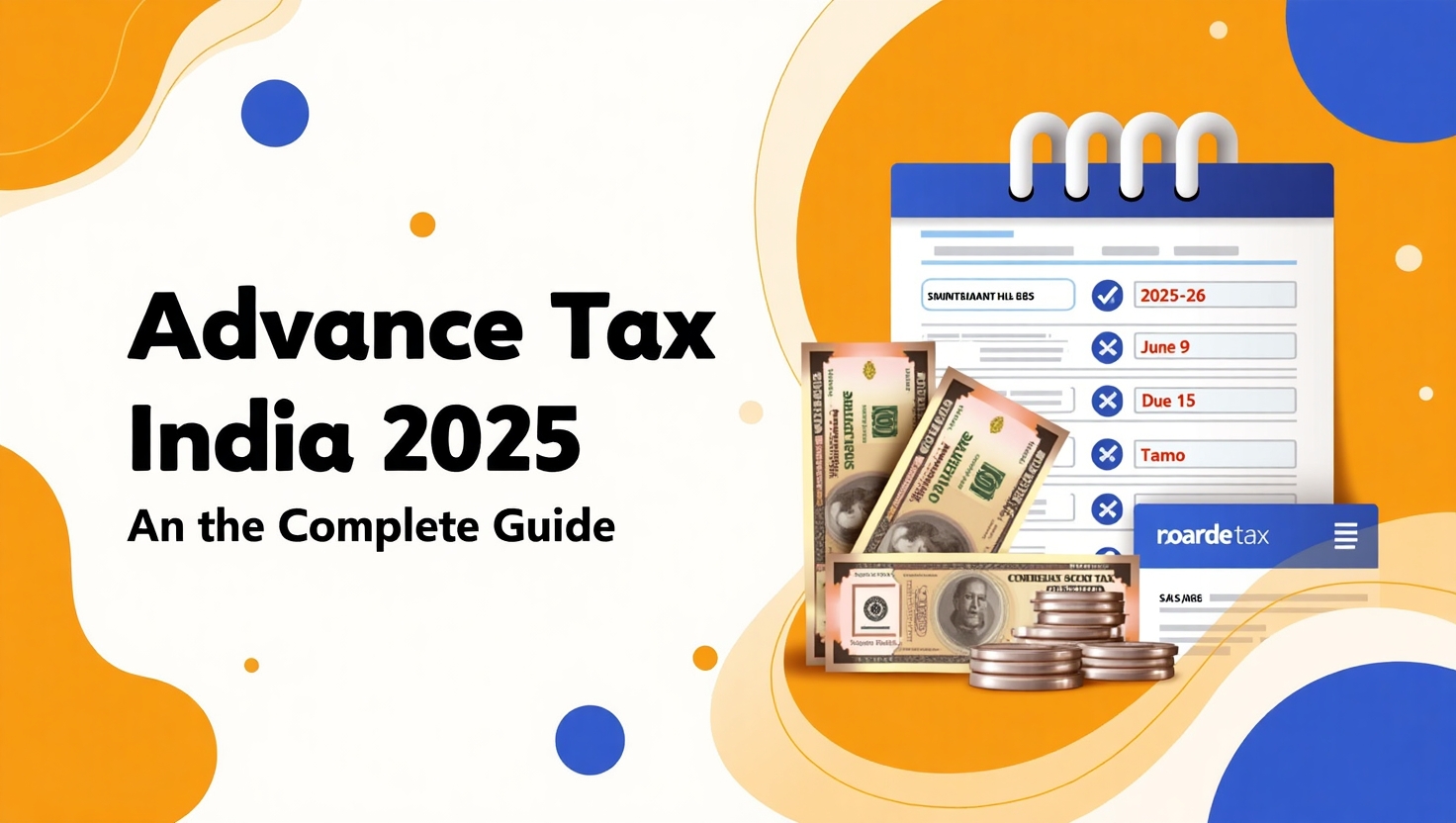What is Advance Tax and Why is it Relevant for You?
Advance tax, in the Indian context, refers to the income tax that is paid in advance in installments throughout the financial year, rather than as a single lump sum at the end of the year. This system, also known as “pay-as-you-earn” tax, is designed to ensure a consistent flow of revenue for the government to manage its expenditures throughout the year. Understanding the concept of advance tax is particularly relevant for both salaried individuals and freelancers in India, especially if their total tax liability for a financial year is expected to exceed ₹10,000.
The fundamental principle behind advance tax is to facilitate a smoother process of tax collection for the government and to distribute the tax payment burden for taxpayers. By requiring taxes to be paid as income is earned, the government can better manage its financial planning and avoid a surge in tax-related activities at the end of the fiscal year. For individuals, especially those with income sources beyond a regular salary, such as freelancers, this method helps in aligning tax payments with their earnings, thereby preventing the stress of a significant tax liability at the end of the financial year. The term “pay-as-you-earn” effectively conveys this direct relationship between earning and taxation, making the concept more accessible to a wider audience.
Advance Tax Payment Schedule for FY 2024-25 (Assessment Year 2025-26)
For individuals and corporate taxpayers who are not opting for the presumptive taxation scheme, the advance tax for the financial year 2024-25 is payable in four installments with the following due dates and percentages of the total estimated advance tax liability :
- On or before June 15th: At least 15% of the total estimated advance tax liability.
- On or before September 15th: At least 45% of the total estimated advance tax liability (this includes the 15% already paid by June 15th).
- On or before December 15th: At least 75% of the total estimated advance tax liability (this includes the 45% paid by September 15th).
- On or before March 15th: 100% of the total estimated advance tax liability.
Taxpayers who have chosen the presumptive taxation scheme under Section 44AD or 44ADA are required to pay their entire advance tax liability, amounting to 100% of the estimated tax, on or before March 15th of the financial year. They are also provided with an additional option to settle all of their tax dues by March 31st.
This structured, phased payment schedule is designed to help taxpayers manage their cash flow more effectively throughout the financial year. Instead of facing a substantial tax payment at the end of the fiscal year, individuals and businesses can distribute their tax obligations into smaller, more manageable amounts, aligning the payments with their income generation cycles. This approach significantly reduces the potential for financial strain and promotes better budgeting for tax liabilities. The provision of a different schedule for those under the presumptive taxation scheme further accommodates the specific nature of their income estimation and tax obligations.

How to Calculate Your Advance Tax Liability
To accurately determine your advance tax liability for a given financial year, you need to follow a systematic approach:
- Estimate Your Total Income: Begin by forecasting your earnings from all possible sources for the entire financial year, which runs from April 1st to March 31st. This includes income from salary, any freelance work or business activities, rental income, interest earned on deposits, capital gains from the sale of assets, and any other form of income. For freelancers, it’s advisable to consider current projects, recurring clients, and past income trends to make a reasonable estimate.
- Subtract Deductions and Exemptions: If you opt for the old tax regime, you can claim various deductions and exemptions that can reduce your taxable income. These include investments made under Section 80C, health insurance premiums paid under Section 80D, House Rent Allowance (HRA), Leave Travel Allowance (LTA), and interest paid on home loans, among others. It’s important to remember that the new tax regime offers a limited set of deductions, primarily the standard deduction and the employer’s contribution to the National Pension Scheme (NPS).
- Compute Your Tax Liability: Once you have arrived at your estimated taxable income after subtracting all eligible deductions and exemptions, you need to calculate the income tax payable based on the income tax slab rates that are applicable for the financial year under the tax regime you have chosen – either the old or the new one. Make sure to also factor in any applicable surcharge and the health and education cess, which is currently 4%.
- Deduct TDS/TCS: From the total estimated tax liability calculated in the previous step, you should subtract the amount of Tax Deducted at Source (TDS) or Tax Collected at Source (TCS) that has already been deducted from your income or is expected to be deducted throughout the financial year. Freelancers should ensure they are tracking any TDS deducted by their clients, often visible in Form 26AS and Form 16A.
- Advance Tax Liability: If the remaining tax amount, after deducting TDS/TCS, is ₹10,000 or more, then this is your advance tax liability for the financial year. You will need to pay this amount in installments according to the schedule prescribed by the Income Tax Department.
- Freelancers opting for Presumptive Taxation (Section 44ADA): If you are a specified professional, such as a consultant, lawyer, doctor, or architect, and your gross receipts for the financial year are up to ₹75 lakhs, you have the option to choose the presumptive taxation scheme. Under this scheme, you can declare 50% of your gross receipts as your taxable income, which significantly simplifies the process of calculating your tax liability. You would then pay advance tax on this estimated income in a single installment by March 15th.
It is crucial for taxpayers, especially freelancers with variable income, to make a realistic estimate of their earnings to avoid penalties for underpayment. It’s often prudent to be slightly conservative in your income projections. If your income increases or decreases significantly during the financial year, you have the option to revise the remaining advance tax installments accordingly.
👉 Try the Income Tax Calculator Now and make informed decisions for FY 2024-25.









